Throw your swag down and be captivated as you gaze up at the twinkling roof of The Million Star Motel
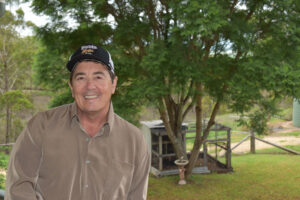
This is the transcript from Season 2, Episode 3 of the Outdoors is my Therapy Podcast with my friend Marco Gliori.
The Million Star Motel
Kathryn: Hello and welcome back to the Outdoors is my Therapy podcast. I’m your host Kathryn Walton. This is Series 2 and each week you’ll get to meet one of my friends who’ll share what inspires them about the outdoors. Each episode is just a few minutes long, like a little snack of information and inspiration that feeds your mind and your heart and reconnects you with the therapeutic benefits of the outdoor world.
Kathryn: Do you ever go outside at nighttime and look up at the stars? Can you see the stars where you live? Or is there too much light from the city life? And when you do look up at the night sky, what do you think about? How do you feel? I live in the bush quite a long way from town and city lights, and unless the moon is full or there’s cloud in the sky, I get a pretty good view of the night sky some of our visitors have marveled at just how many stars they can see when they come to visit us. So many more than what they can see from their city homes. So I feel incredibly grateful for where I live and for myself, I have a mixture of feelings when I look up at the stars. Definitely a bit of fear and curiosity all at the same time. I mean, how does the world even keep spinning around? How long have the stars and the planets, how long have they been there and really are they stars that I’m seeing? Are they planets or are they something else? What’s their history and what’s the future of everything I can see when I look up at the night sky? So a bit of fear and a bit of curiosity, but I also feel very grounded looking up at the night sky. It reminds me a bit of the final scenes in the Men in Black movies where the camera zooms out revealing worlds within worlds. And as Will Smith’s character, Jay says they need to know that the world is bigger than them. So looking up at the night sky, it often puts my problems in perspective. Something that felt so huge and consuming becomes a mere speck in the scheme of things, considering the size and the age of the world that we live in, it helps me to take things a little bit more lightly than I otherwise would. Watching the orange glow of the sun setting and then spending some time outside in the dark away from artificial lighting and devices that emit blue light, that also helps your brain and your body to wind down after a day of activity. So you begin to feel tired and your body and your brain is getting ready for sleep. A lot of people do report that their sleep and their energy levels improve significantly during camping holidays, and this exposure to those natural rhythms of light and dark is one of the main reasons. So here’s a tip for an all natural strategy to improve your sleep. Get outside first thing in the morning for at least a few minutes of natural sunlight. That helps to set your body clock and then as the evening approaches, watch the sun setting and spend a bit more time outside after that, looking up at the stars and the moon. But that’s enough from me for today. Today on the podcast, you are going to hear from my friend Marco Gliori, who has an absolute gift for words. Marco lives in the rural Southern Downs Region of Southern Queensland like myself. Today, he shares some of his bush verse with us, “The Million Stars Motel” and what inspired him to write this poem. Marco also chats about his favourite ways to connect with nature. So meet my friend Marco.
Marco: When the road is long and dusty and the sunset’s far off gaze, steers the weary workers home again, Then I, like all the strays, Look out on the far horizon for the travelers next motel, Some with carpet soft as spinifex, And bright pink doors as well. Rated by the stars I find them, But the slickest I must tell, Is my swag beneath the heavens, In the Million Star Motel. In the Million Star Motel, My room will always be reserved, When the neon lights that beckon, Flash like miracles preserved. Nothing fancy in the bathroom, Precious little but the view, By the incandescent campfire, Sip the billy’s bubbling brew, Shelve your finest crystal glasses, mate, They cannot cast a spell, Like the sparkle from the ceiling, In the Million Star Motel. Cabins creak upon the railway, And their rhythm shunts my mood, Trucks are hurtling down the highway, Laden down with frozen food, Foreign cars are blinding kangaroos, While searching for respite, Warm and cozy, Somewhere civilized to spend another night. I’d like to wave them over, But they’d think like bloody hell, Some are fearful of the bedmates, In the Million Star Motel. Frogs that grunt and gloat about you, Fish tails slapping by the moon, Thumping wallabies now scratching, For the green pick coming soon. Things that sting you, Bugs that bite you, Fearsome howling on the rise, Stuff that tunes your basic instincts, Prehistoric lullabies. And then when deep sleep caresses you, Your heart can’t help but swell, As the roof illuminates you, In the Million Star Motel. And tomorrow when I wake refreshed, To trek another mile, Pray contentment fills my fuel tank, And the sun reflects my smile, And a cool breeze breeds momentum, As I tell another friend, I’ve found a fine establishment, I’m pleased to recommend. Where ideals can mold a future, And your mind clears like a bell, As you buzz into reception, At the Million Star Motel. Plant the seeds of resurrection folks, What a sweet concept to sell, Healing pleasures, Free to dreamers, In the Million Star Motel.
Kathryn: I love it Marco. What inspired you to write that poem?
Marco: Two things. First of all, my dad. he’d been in a very stressful situation. For many years, he isolated himself. This is a man suffering deep emotional turmoil and never had any mates to talk to about it. He isolated himself from his family and he became very stressful to live with, but I remember looking out into the backyard of our little house in the avenue where we lived and I saw him standing in the backyard with his Roll Your Own cigarette in his mouth, just looking up at the stars and talking to himself. And I don’t know what he was thinking, but I often thought back on the times, the most treasured times we had were, uh, by a campfire at Leslie Dam fishing, um, around the barbecue sitting in the backyard when we could actually get him to laugh and celebrate life and realise that all his family loved him and all the help that he needed, uh, to find some sanity was right there. And he just didn’t seem to take those opportunities and died very young at the age of 52. So I made sure that I planned it in myself, that expectation that I would never not do something that I would give up a job at the drop of a hat if I had to. I would walk off the edge of a commitment and go and find a beach or a bit of bush somewhere, or a mate at a pub, or a friend with a cup of tea on a verandah and I would find someone to talk to. Uh, and that’s what my father gave me. I saw that I never seen anyone as lonely, but I often thought about that, how he was looking up at the stars and, and dreaming about all his opportunities and, and what he’d given away by coming out as the only one of his family to do so from Italy and he never spoke to us about it. So we still have all these unanswered questions. Many years later, and, uh, just before I wrote this poem, I’m watching a television program. It was a travel program and one of the presenters was walking through a very poor part of India, down dirt roads. And, uh, it was a, it was a village made up of mud brick and sandstone houses with no windows and shops and little hotels. And she paused talking to this one bloke because he was perched in the doorway waiting to invite people into what looked like just a mud brick type of house. And she says, “Is this a motel?” And he said, “Yes, this is a very good motel.” “Is it a really good motel? I don’t see much to do in there.” He said, “Well, you have your one star motel. You look around, he says, this is the Million Star Motel.” And it was just such a beautiful way to look at something very basic, but that’s all you needed, he was saying, to have a good time. And no, I never forget that.
Kathryn: What’s your favourite way to connect with nature?
Marco: Just put on your shoes and walk out there. And I say shoes because there’s too many prickles to go bare feet. Otherwise I would, but when I’m on the beach, yeah, bare feet up and down the beach. Always. When I go to the Sunshine Coast, I always walk up Mount Coolum or find a mountain walk to go to. Here, Girraween, Main Range National Park. Uh, Leslie Dam, sometimes I’ll just go there and walk up and down the stairs and, and round the dam itself and, uh, to get some exercise. But I think just walking with, uh, no sound bites and I can I say Kathryn, I was out at Winton recently doing a lot of walking and when Julie and I walk, we don’t walk together. Uh, unless we’re doing a mountain walk, but out at Winton, she was always walking around with a headset in and what she was listening to was your podcast. So, uh,
Kathryn: [laughing]
Marco: When I’d, uh, when I started listening to them, I was telling Julie about you and the podcast. She says, “I know I’ve got all her podcasts. What do you think I was listening to at Winton when I was walking around the streets out there?” And I’d go bush, but I, I, I love the highway. Um, Yeah, I love the highways and, and the bush and the road less traveled. So once I’ve done a walk somewhere once or twice, I’m looking for something different. So I’m reintroducing myself and my daughters to all the Main Range walks up there and the Great Divide and, uh, uh, which we all did as kids. We all did them in, in our early adulthood. And for me, it’s lovely to get back up there now. Place is looking great.
Kathryn: And things always change don’t they, out there? Different seasons, different climatic conditions, different times of the day. Yeah, just always so different. Always something new to see.
Kathryn: Thanks for tuning in to the Outdoors is my Therapy podcast. We hope you feel inspired to connect with the outdoors no matter how big or small your adventures might be. If you’re looking for more inspiration or you’d like to connect with others in the Outdoors is my Therapy community, check the show notes for all the links.


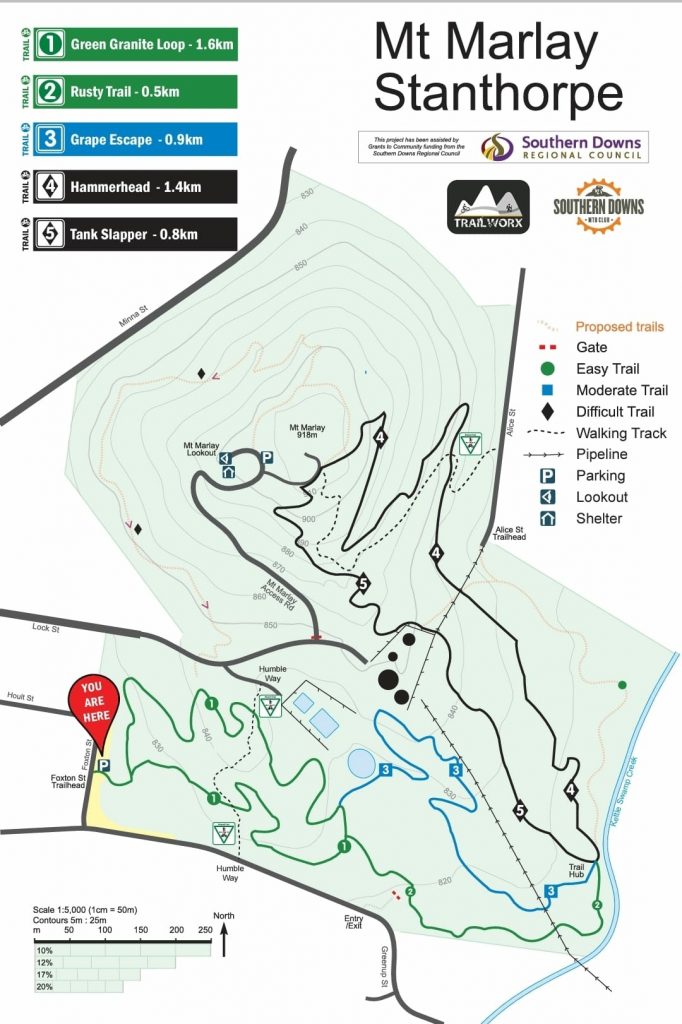
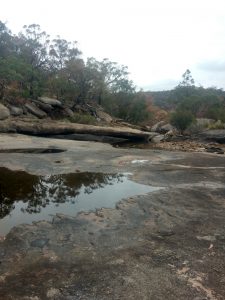
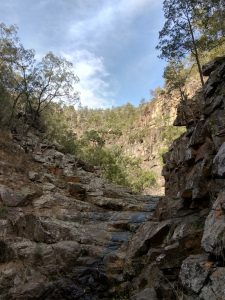
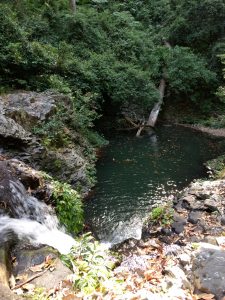
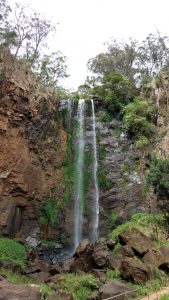
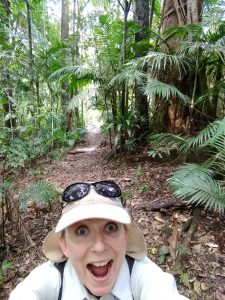

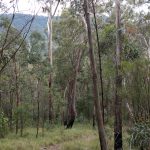
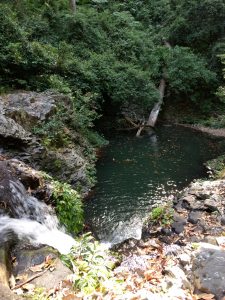
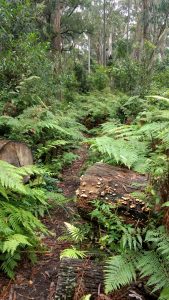
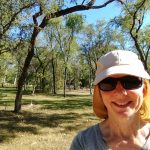 So….. enough reading and dreaming about it! It’s time to get organised and get out there for real!
So….. enough reading and dreaming about it! It’s time to get organised and get out there for real!